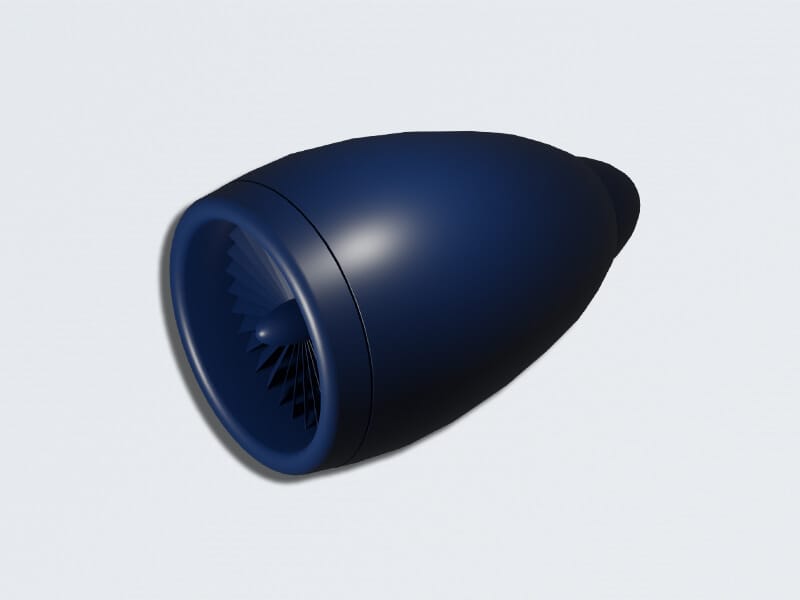
Kerosene
Formula: N/A | CAS: 8008-20-6
Kerosene detection: Or isopropyl alcohol, is a clear, colourless liquid that emits an odour that resembles acetone. It is a commercially available product mainly is found as a 70% solution in rubbing alcohol and hand sanitisers.
Kerosene detection on a day to day basis
The main use of kerosene is as a base for aviation fuel but it also has application as a solvent in paints, cleaners, pesticides and some eye medicines. It was previously a common fuel for stoves, heaters and lamps and is still used today as a fuel for home (‘oil’) central heating systems.
Like most chemicals, the amount of kerosene you are exposed to must be above a certain
level to cause adverse health effects. Breathing large quantities of kerosene vapour or
drinking kerosene-based liquids may cause non-specific signs such as dizziness, headache
and vomiting. Repeated skin exposure may result in dermatitis (eczema). A short, one-off
exposure to kerosene is unlikely to result in any long-term effects. However, a severe form
of lung injury called pneumonitis (pronounced ‘new-mown-eye-tus’) may occur if liquid
kerosene is inhaled directly into the lungs, for example, whilst manually siphoning a tank or
from inhaling vomit after swallowing kerosene.
– Health Protection Agency
Kerosene detection in the production of it?
Kerosene’s colour tends to be light, clear and free from solid matter. It’s typically pale, yellow or colourless but often has a dye added to distinguish it from other fuels such as red diesel.
Kerosene has a thin viscosity and a density between 0.78-0.81 g/cm³ (gram per cubic centimetre). Its actual density is 0.82 g/cm³, however as paraffin’s is 0.8g/cm³ and the two oils are virtually the same, a happy medium is found at 0.81g/cm³.
Chemically, kerosene is made up of a mixture of hydrocarbons. Its composition varies depending on its source, but typically contains around 10 different hydrocarbons, each containing 10-16 carbon atoms per molecule.
Gas Factsheet
Everything you need to know about kerosene detection
Our Gas Factsheets which is available to download below provides you with key information on the exposure limits and the locations of where potentially harmful gases can occur. We also share information on gas detection monitoring techniques and equipment that can help you manage gas detection in the workplace, for worker and site safety.

Kerosene detection
Formula: N/A | CAS: 8008-20-6
Synonyms: Jet fuel 5, Jet fuel 8, K-1 kerosene, hydrotreated distillate light, white kerosene, stove oil, light distillate, furnace oil, fuel oil light
Kerosene is a low flammability wide cut hydrocarbon fuel comprising hydrocarbons typically containing between 10 and 16 carbon atoms. It is used widely as a fuel and for lighting where electricity is not easily available, and in jet fuel grades.














